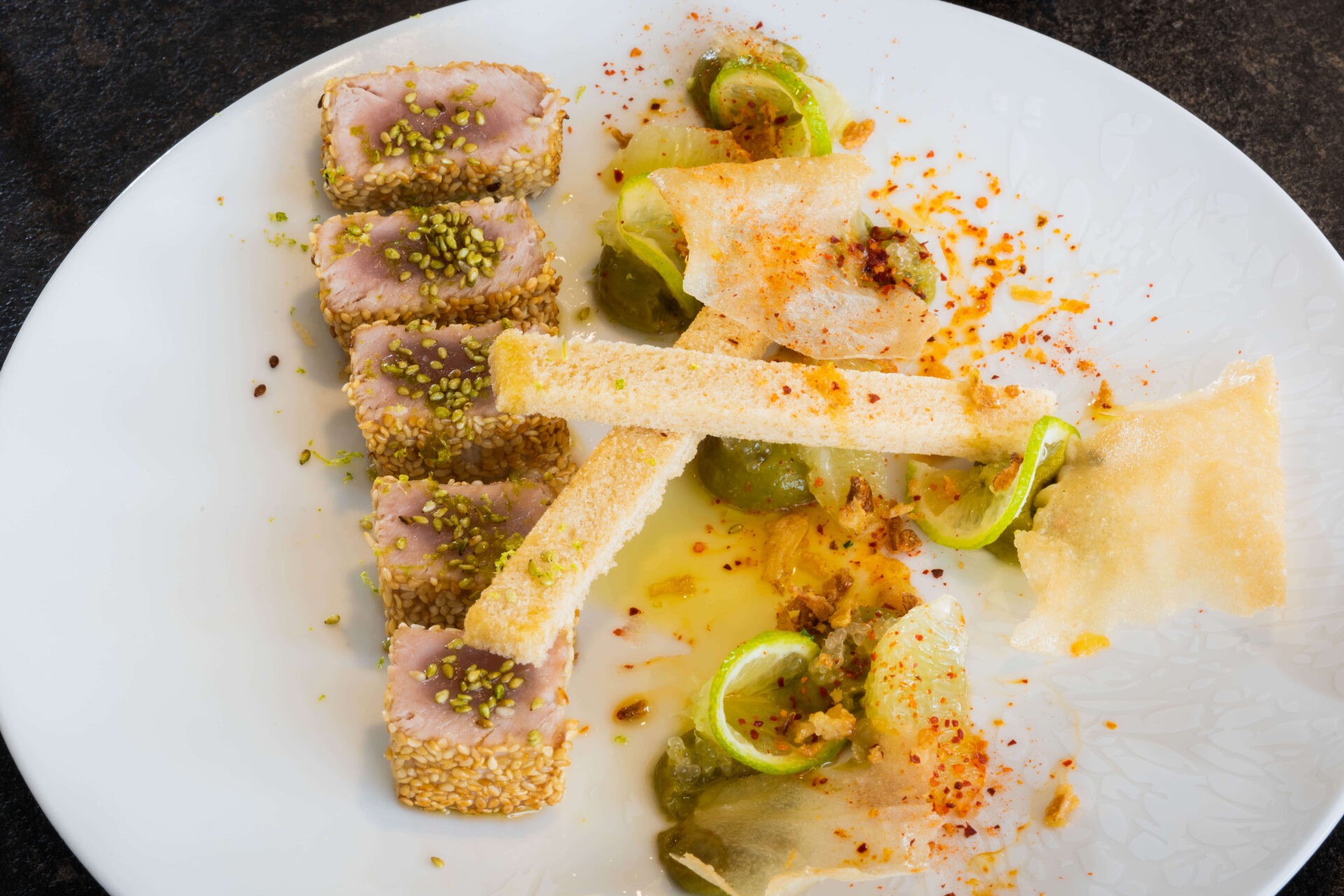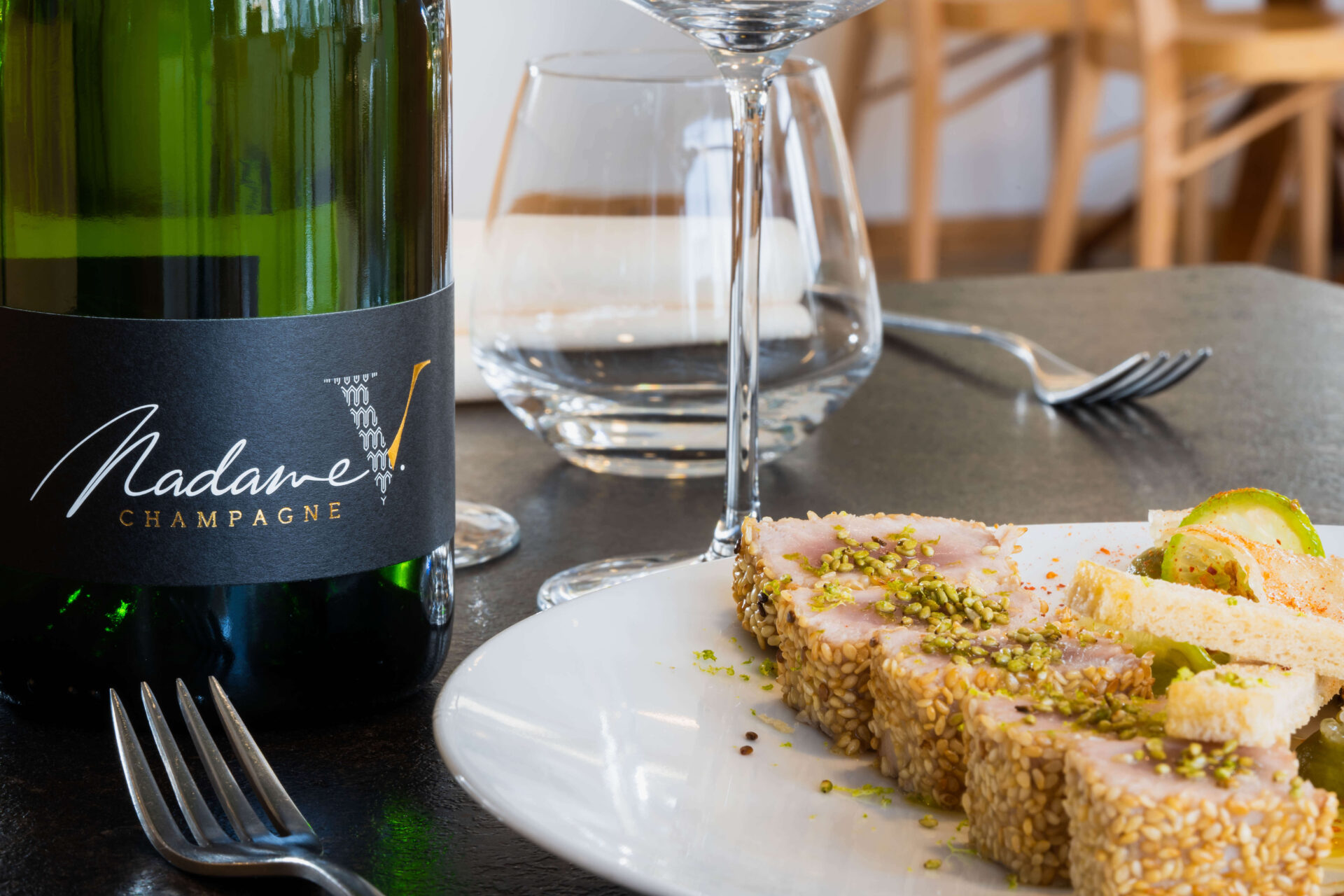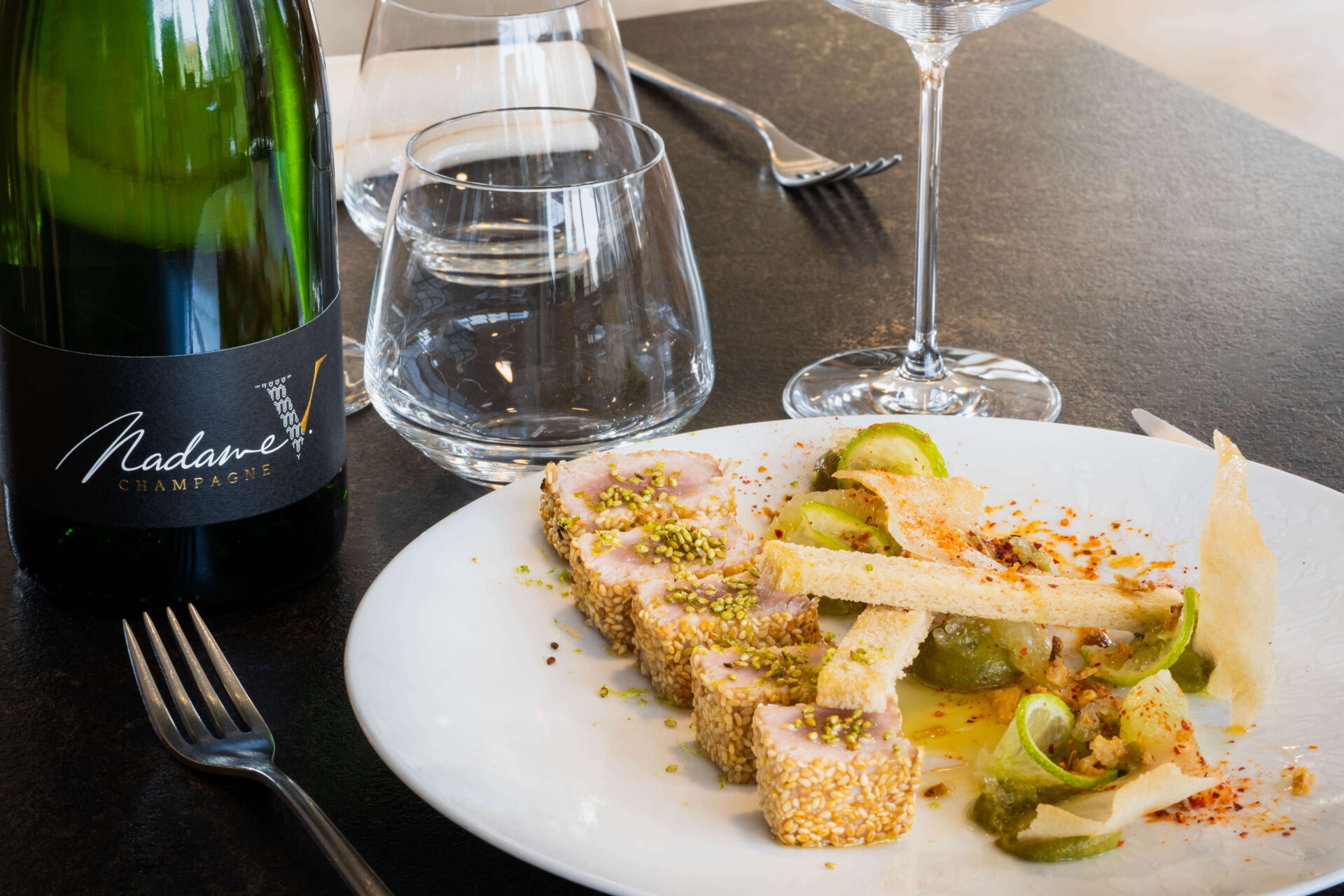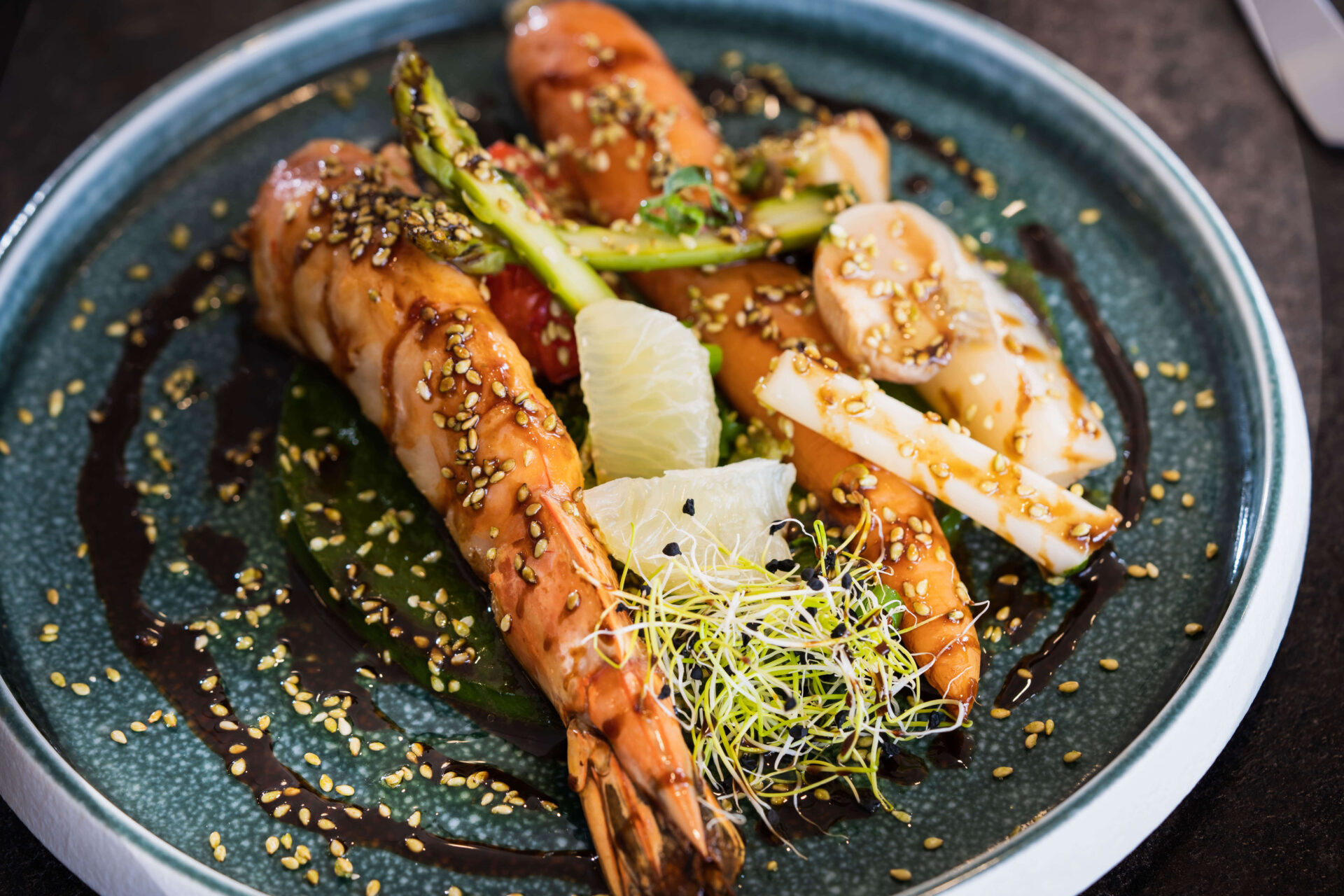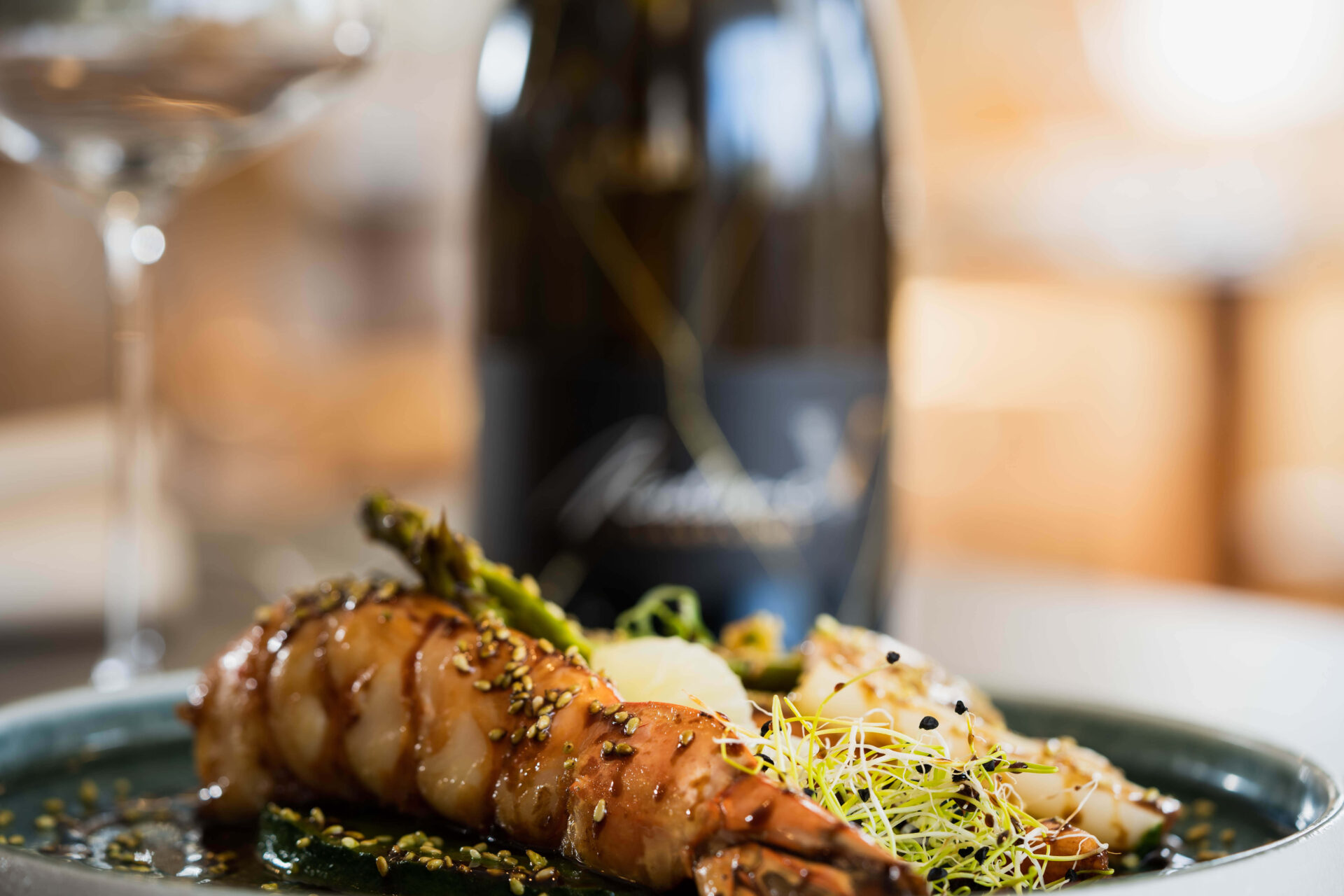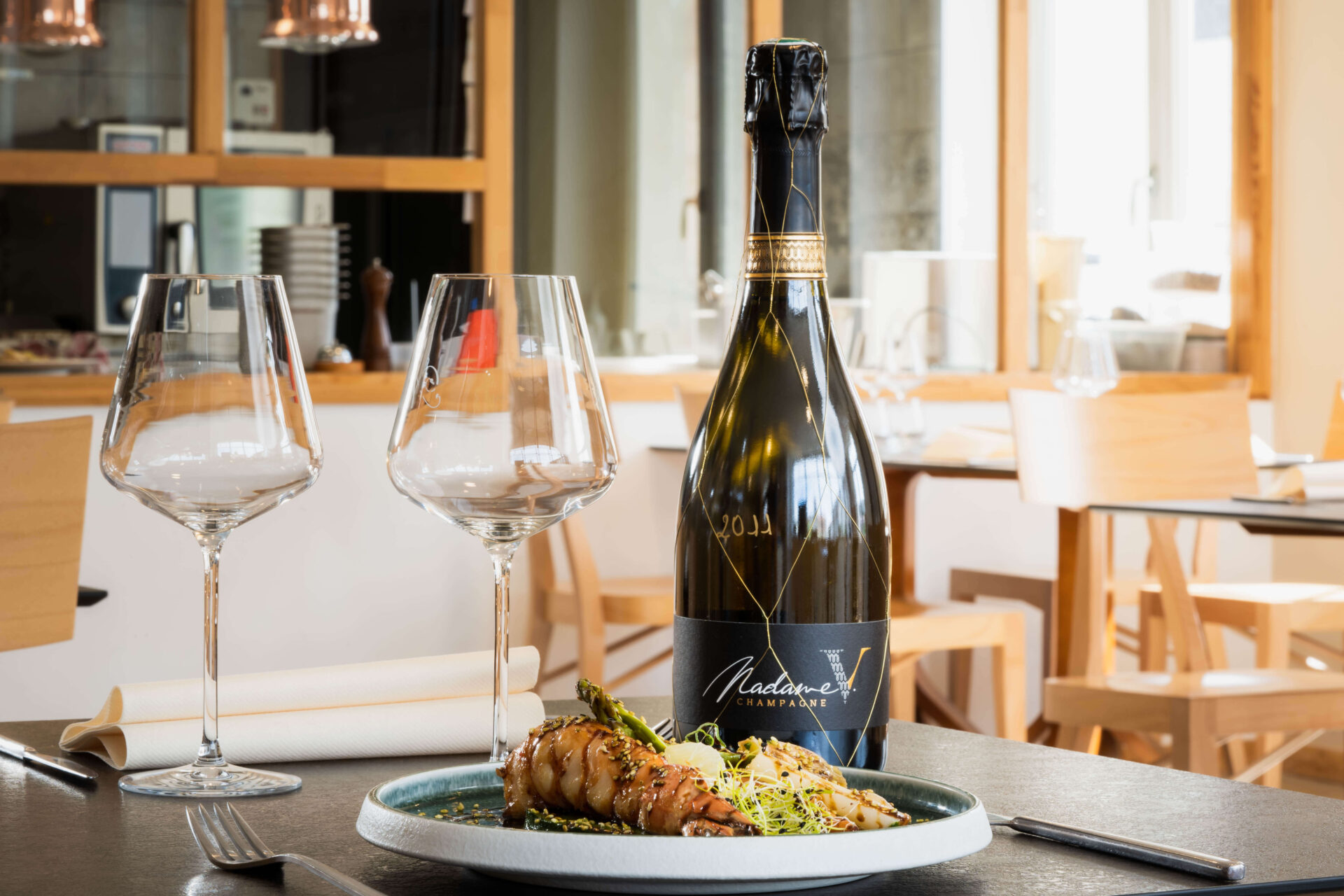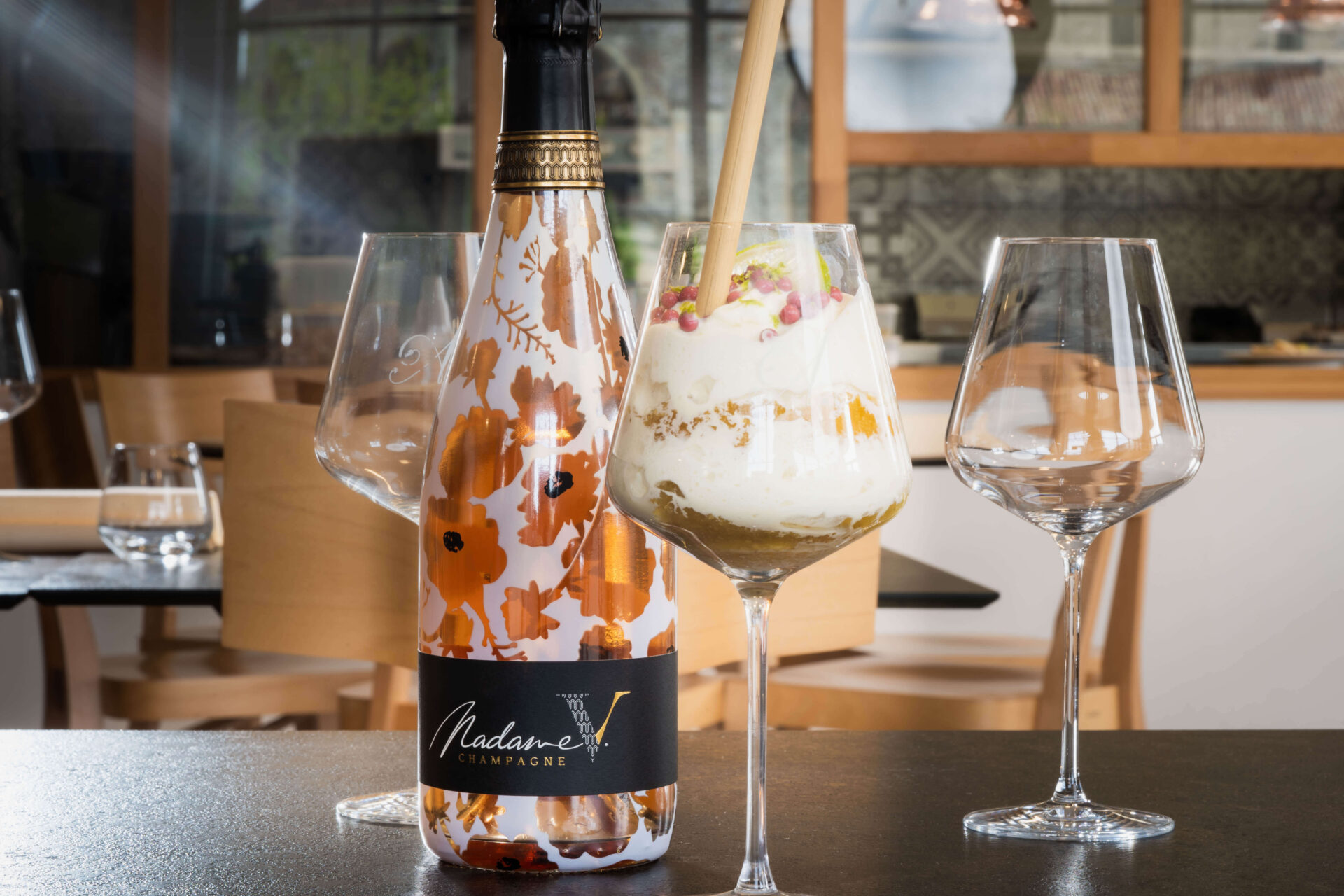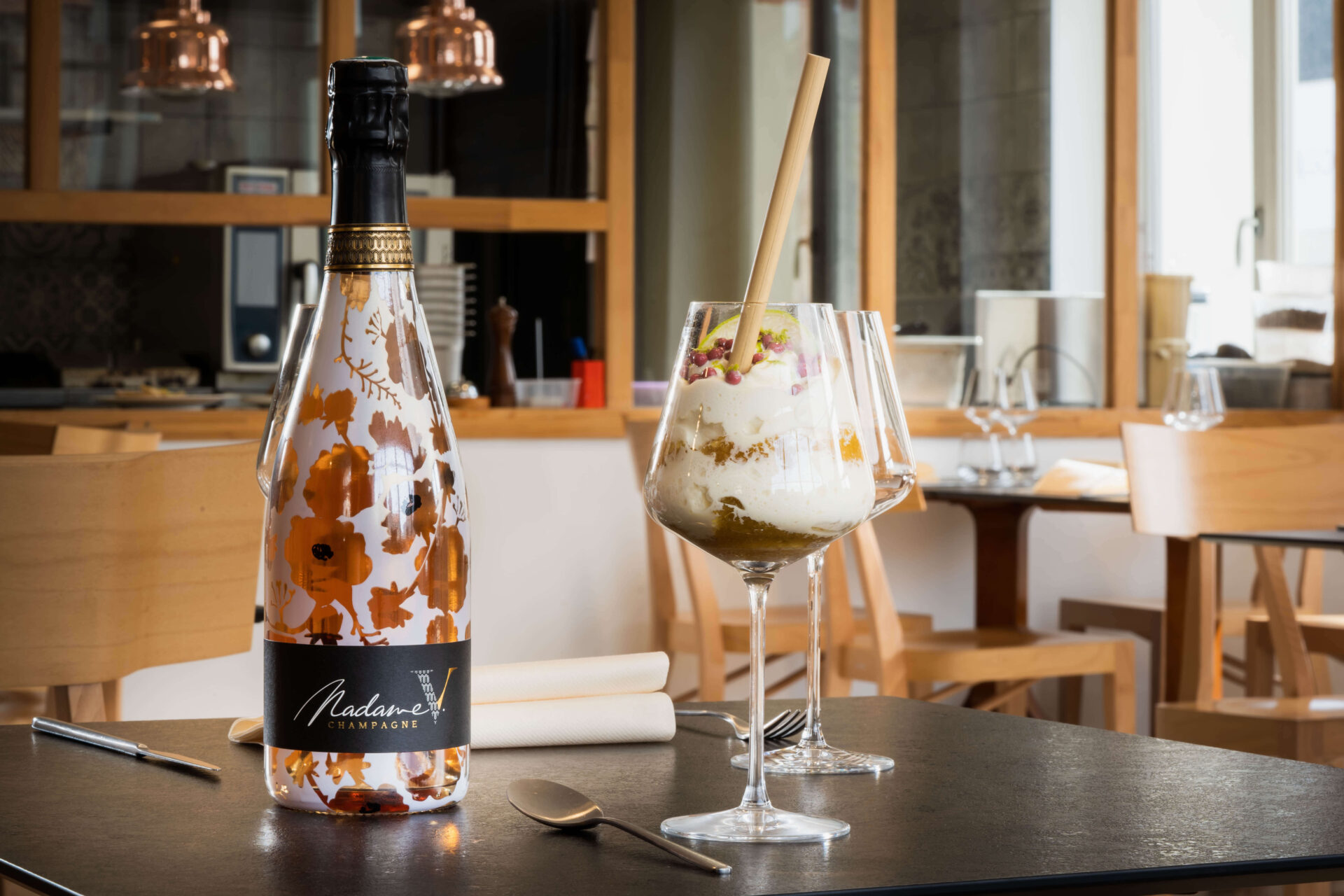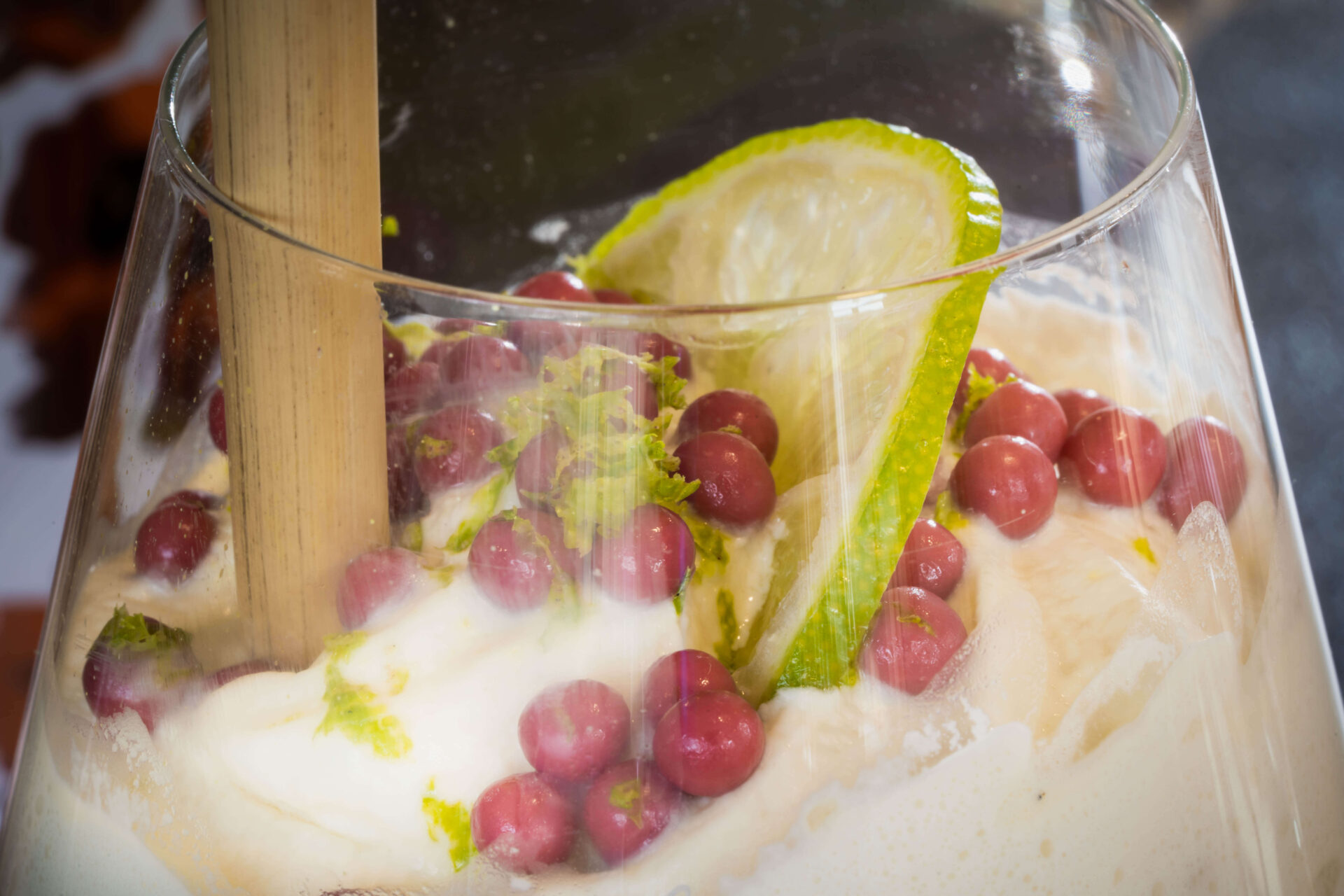
Our house
Moving away from codes and keeping only what is faithful to our values: progress and questioning with the only aim the search for excellence.
For the noblest of wines, we wish to bring originality but also sensibility while maintaining what has always made success : the respect of our terroir through environmentally friendly growing, a drastic selection by harvesting only the best.
Never rest to always look ahead…
Our Champagnes, through our generations, express all the efforts of our family.
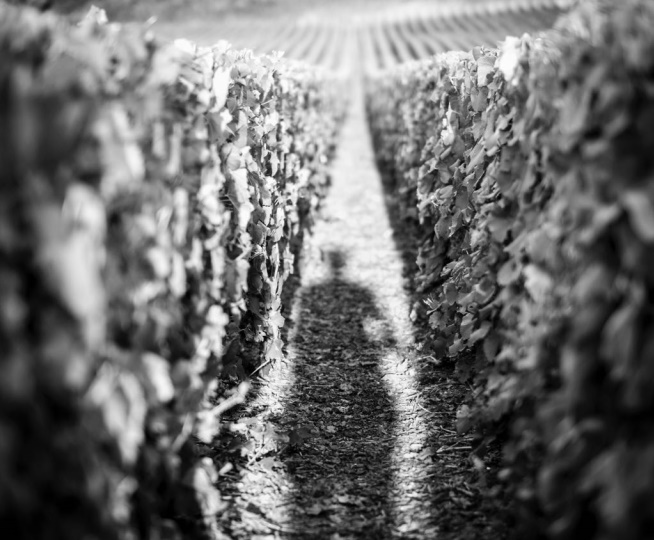
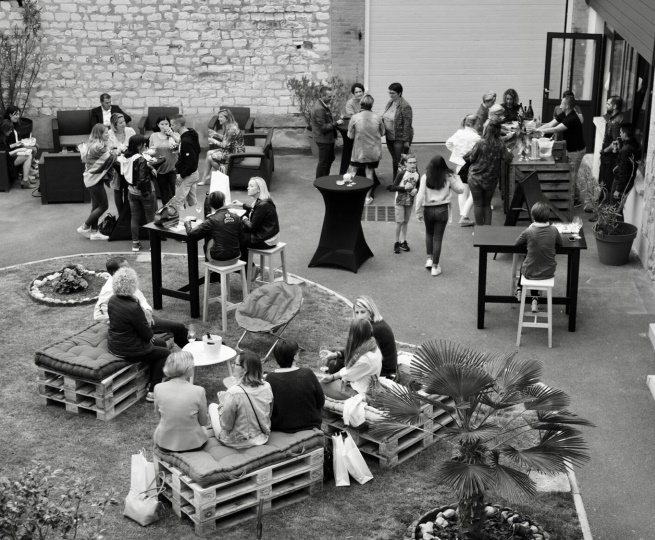

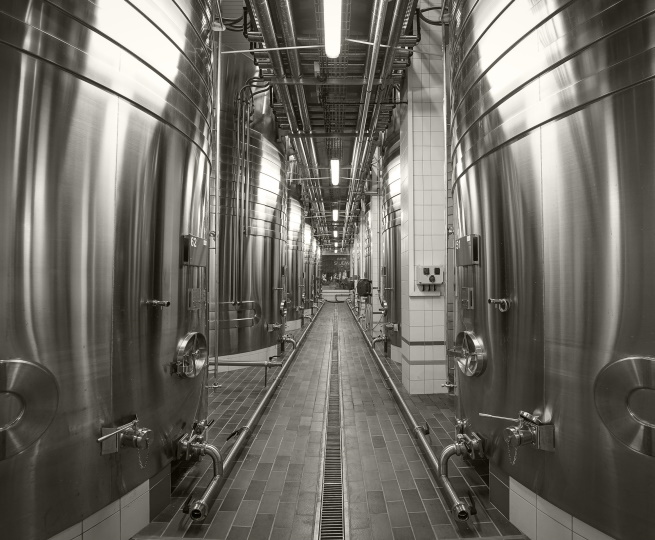
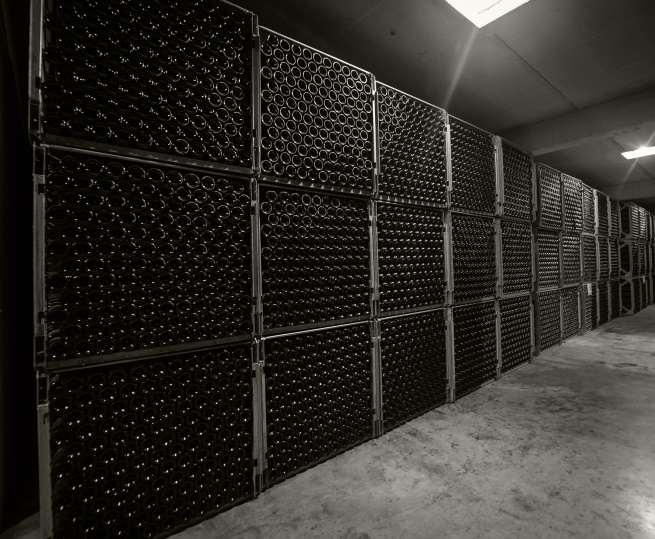
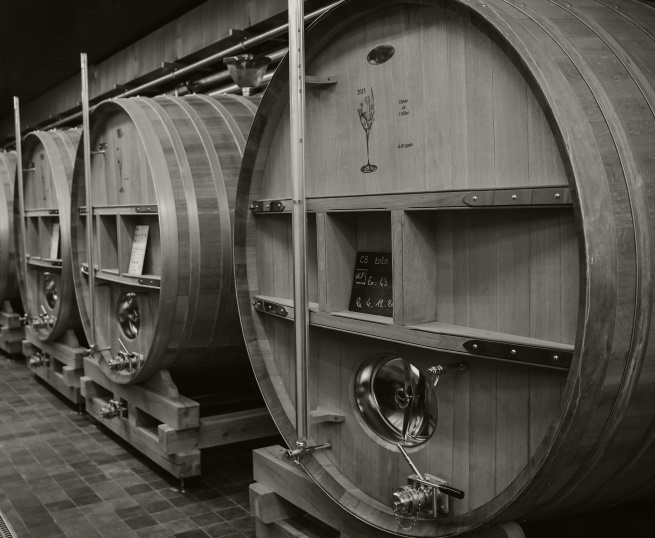
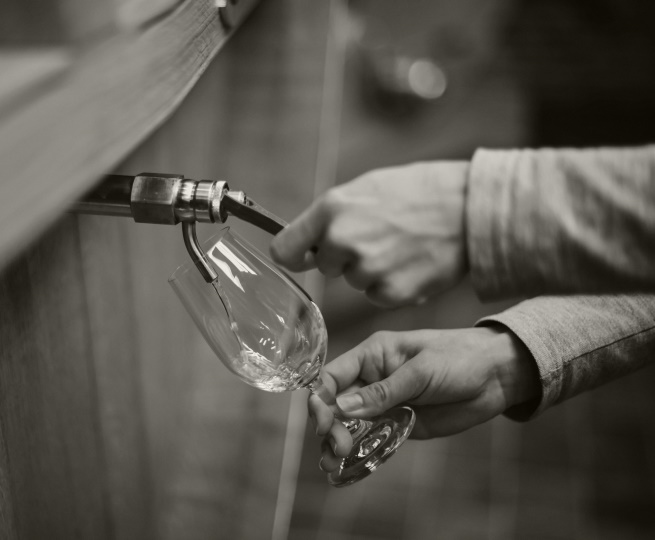
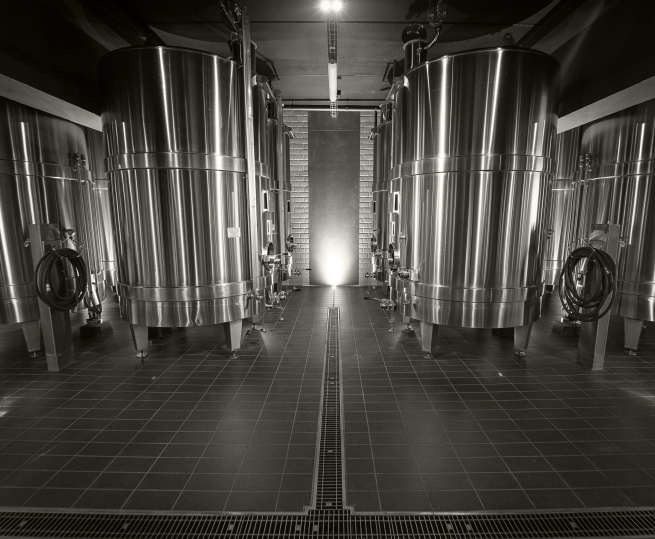
Food and wine pairing
Each season, Madame V. champagne house offers you unique culinary experiences through an authentic gastronomic meeting.
Carefully sourced products, local producers, and highlighted ingredients; all the chef’s creativity is brought to light to introduce you to the unexpected.
wine elaboration
Pressing
As soon as they are picked, the grapes are pressed mechanically. The settling consists in clarifying a must before its fermentation, by removing the lees. The purpose of this step is to remove coarse particles present in the juice.
Fermentation
The first fermentation of champagne wines is alcoholic fermentation which transforms the must into wine. Yeasts “eat” sugar and produce alcohol and carbon dioxide, as well as other components that build the sensory characteristics of wine.
Assembly
Champagne is a wine born from the assembly of the three dominant grape varieties of the Champagne region, Chardonnay, Pinot Noir and Pinot Meunier.
The blending of wines from different grape varieties creates the contrasts and complementarities of Champagne wines.
Sparkling
Sparkling is the operation during which the still wine, once placed in the bottle, is transformed into sparkling wine by a second fermentation. This is not just about making the wine sparkling; it improves its organoleptic qualities, in particular by developing secondary aromas.
Maturation process
Protected from light, the bottles remain in the cellars for a long period of maturation. Cellars play a major role in this important stage in wine making thanks to their relatively constant temperature, around 12 ° C.
After this long period of rest, the wine must be restored to its clarity by eliminating the deposit that formed during the fermentation. The purpose of riddling is to collect the sediments (yeasts and riddling aid) in the neck of the bottle in order to then remove them during the disgorging operation.
Disgorging
Disgorging consists of removing the deposit that the riddling has concentrated in the neck of the bottle.
Disgorging is a crucial moment in the life of the wine, after the time of maturation on the lees where no external event disturbed the wine. The dosage is the last touch made to the wine before the final corking of the bottle. It corresponds to the addition of a small amount of liquor.
Sale
Last step before leaving the cellars, the bottle is dressed.
A cap which covers the cork and its muselet, a label and a back label which includes the obligatory legal notices; constitute the elements of a traditional champagne bottle dressing.

